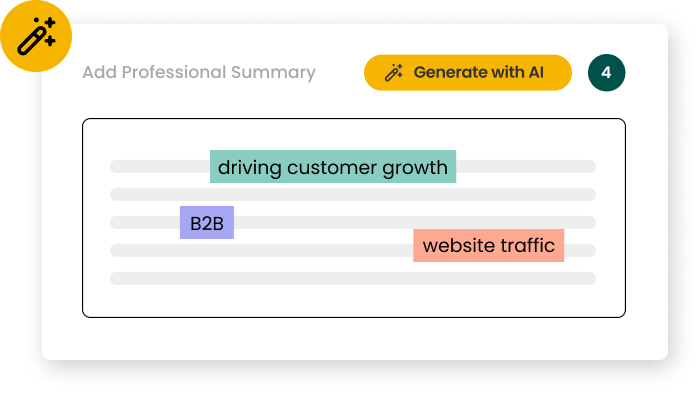How long should I make my Chief of Operations resume?
A Chief of Operations resume should ideally be two pages long. This length allows for a comprehensive overview of your executive experience, strategic achievements, and leadership skills. Use the space to highlight key accomplishments, focusing on measurable results and industry-specific expertise. Prioritize recent, relevant experience and avoid excessive detail from earlier career stages. Utilize concise bullet points and a clean layout to maximize readability and impact within the two-page limit.
A hybrid format works best for a Chief of Operations resume, combining chronological work history with a strong focus on core competencies. This format effectively showcases your career progression while emphasizing key operational skills. Include sections for executive summary, core competencies, professional experience, education, and certifications. Use a clean, professional design with consistent formatting. Incorporate industry-specific keywords throughout, and consider using data visualizations to illustrate key achievements or operational improvements.
What certifications should I include on my Chief of Operations resume?
Key certifications for a Chief of Operations include Certified in Production and Inventory Management (CPIM), Lean Six Sigma Black Belt, and Project Management Professional (PMP). These certifications demonstrate expertise in operational efficiency, process improvement, and project management – critical skills for the role. List certifications in a dedicated section, including the certifying body and year obtained. If you're pursuing relevant certifications, mention them as "In Progress" to show continuous professional development aligned with industry trends.
What are the most common mistakes to avoid on a Chief of Operations resume?
Common mistakes in Chief of Operations resumes include focusing too much on day-to-day tasks rather than strategic impact, neglecting to quantify achievements, and using generic language. Avoid these by emphasizing your role in driving organizational success, using specific metrics to illustrate your impact, and tailoring your language to the industry and company. Additionally, ensure your resume reflects your ability to lead digital transformation and navigate global supply chain challenges, as these are increasingly critical aspects of the role in 2025.
